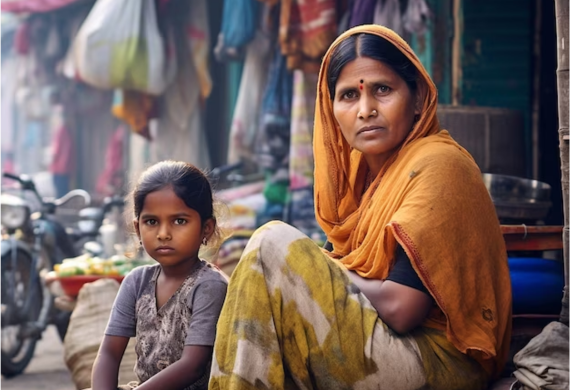
Decreasing Gender Gap can Increase India's GDP, says Report
By: WE Staff | Tuesday, 23 January 2024
Decreasing the gender gap in healthcare could add at least $22 billion to India's GDP, according to a report from the McKinsey Health Institute and the World Economic Forum (WEF). This is a significant amount of money that could be used to help women get better care and enhance India's healthcare system.
It is significant to take into account that women everywhere are impacted by the gender gap in healthcare, which is a severe problem. The same report estimates that the women's health gap results in 75 million years of life lost every year as a result of poor health or early death. This alarming figure emphasizes the importance of giving women's health more consideration.
Not only would closing the gender gap in healthcare benefit the economy but millions of Indian women's lives would also be improved. In terms of achieving gender equality and making sure that everyone has access to high-quality healthcare, it is a positive step.
Closing the Women's Health Gap: A $1 Trillion Opportunity to Improve Lives and Economy reveals that although women live longer than men, they suffer from poor health for 25 per cent longer. Closing this gap could provide every woman in the world with an extra seven days of healthy living annually. By 2040, it would also increase the world GDP by $1 trillion.
95 per cent of women's health burden is due to conditions affecting both genders, with female-specific conditions like SRH and maternal, childbirth, and others accounting for -5 per cent, whereas 56 per cent of health conditions are more prevalent or manifest differently in women.
In India, neonatal disorders (12 per cent), ischemic heart disease (8 per cent), diarrheal diseases (7 per cent), and lower respiratory infections (6 per cent) are the top 4 conditions out of the 10 contributing to the highest health burden for women, while others disproportionately affect women.
Female-related conditions, including dietary iron deficiency, lower back pain, depressive disorders, and migraines, disproportionately affect women in India and globally, contributing to the highest share of Years Lived with Disability (YLD)out of the total Disability-adjusted life years (DALY) burden.
India's GDP could increase by $22 billion by addressing the gender health gap, primarily affecting conditions like premenstrual syndrome, gynecological diseases, migraines, depressive disorders, and anxiety disorders.


.jpg)



